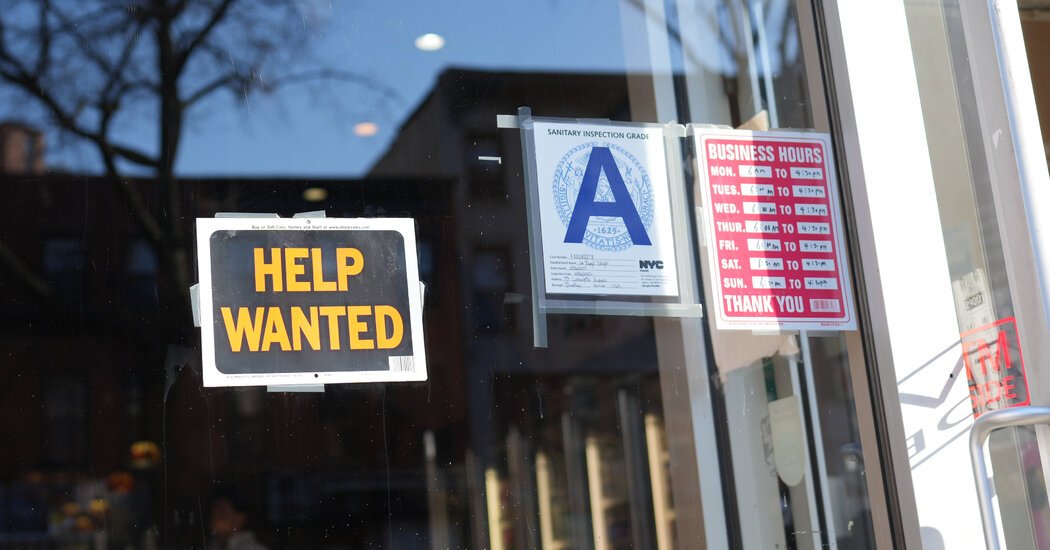The Federal Aviation Administration’s top official told a House panel on Tuesday that the agency would step up its on-the-ground presence monitoring Boeing’s aircraft production.
The official, Mike Whitaker, appeared before lawmakers one month after a door panel blew out of a Boeing 737 Max 9 jet while in flight, raising new questions about Boeing’s quality control practices, as well as the F.A.A.’s oversight of the plane maker.
“Going forward, we will have more boots on the ground closely scrutinizing and monitoring production and manufacturing activities,” Mr. Whitaker told the House Transportation and Infrastructure Committee’s Aviation Subcommittee.
The episode with the door panel, known as a door plug, occurred on an Alaska Airlines flight shortly after it took off from Portland, Ore., on Jan. 5. The F.A.A. quickly grounded similar Max 9 jets. In late January, it said they could return to the skies after being inspected.
Mr. Whitaker, who took the helm of the aviation regulator in October, told lawmakers that the incident raised two issues for his agency.
“One, what’s wrong with this airplane?” he said. “But two, what’s going on with the production at Boeing? And there have been issues in the past, and they don’t seem to be getting resolved, so we feel like we need to have a heightened level of oversight to really get after that.”
Separately on Tuesday, after the hearing had concluded, the National Transportation Safety Board released its preliminary report about the Alaska Airlines flight. The report said that four bolts used to secure the door plug were removed at Boeing’s factory in Renton, Wash., and it suggested that the bolts may not have been replaced before the plane left the factory.
Over the past month, the F.A.A. has staked out a hard line against Boeing, barring the company from expanding production of the 737 Max series until it addresses quality control issues. It also opened an investigation into the plane maker’s compliance with safety standards, and it began an audit looking at the company’s production of the Max.
During his testimony on Tuesday, Mr. Whitaker said the audit would take six weeks. He said the agency had deployed about two dozen inspectors at Boeing and around half a dozen at Spirit AeroSystems, which makes the Max’s fuselage, or body, in Wichita, Kan.
Mr. Whitaker said the inspectors at Boeing were “engaging with the employees at every phase of the manufacturing process.” He added, “This is to allow us to have direct conversations with employees about what pressures they might be feeling or what instructions they’re getting, and what incentives they’re dealing with.”
Mr. Whitaker said the agency wanted to keep some of the inspectors on the ground in the long term. “We don’t know how many yet, but we do think that presence will be warranted,” he said.









